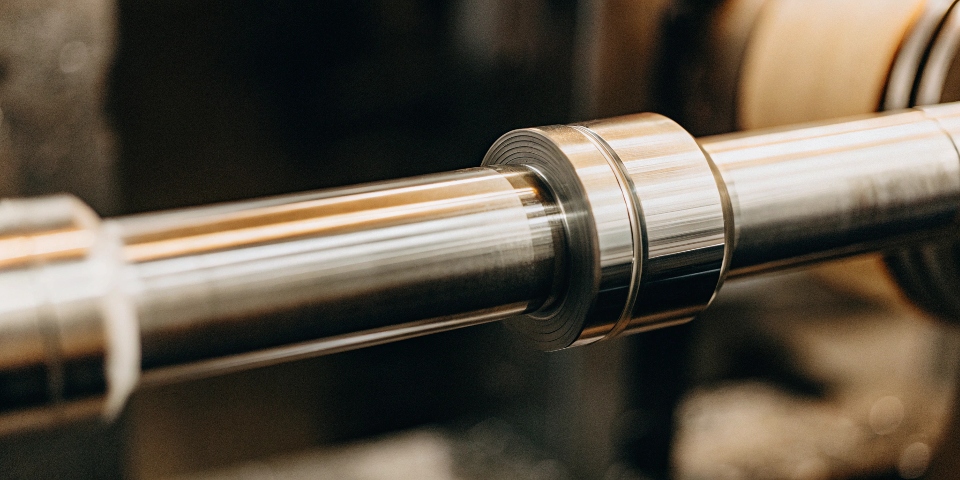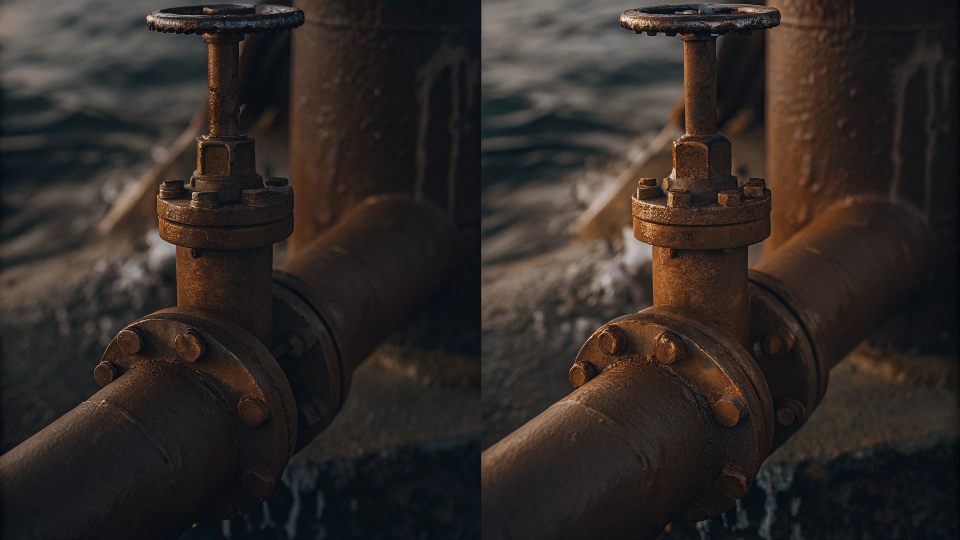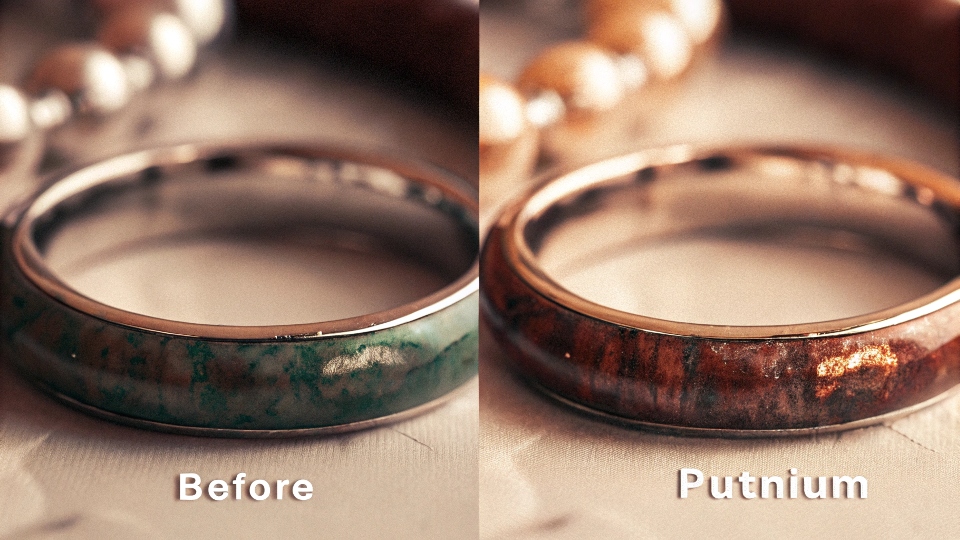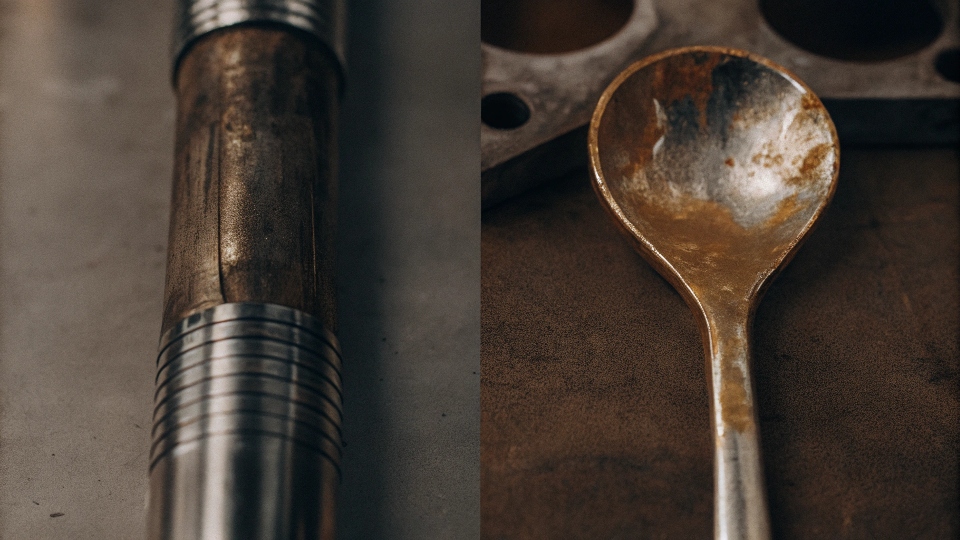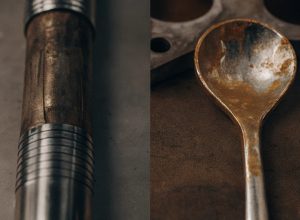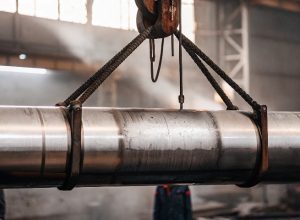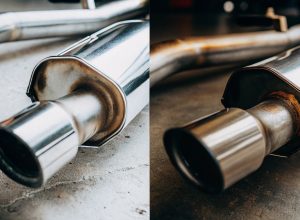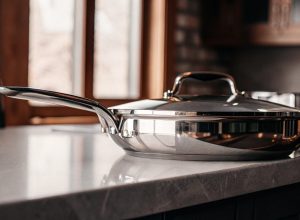Беспокоитесь, что ваши титановые детали обесцветятся? Более дешевые металлы часто зеленеют, что приводит к дорогостоящим поломкам. Свойства настоящего титана предотвращают это, обеспечивая долговременную стабильность и профессиональный вид.
Нет, чистый титан не зеленеет. Стабильный, самовосстанавливающийся оксидный слой1 образуется на поверхности, защищая его от реакции с такими элементами, как вода или воздух. Этот прочный барьер предотвращает коррозию, которая вызывает зеленое окрашивание других металлов, например меди.
Это краткий ответ. Но чтобы чувствовать себя уверенно в разговоре с инженерами или клиентами, вам, вероятно, потребуется больше деталей. Например, как быть с ржавчиной и как быть уверенным в том, что указанный вами материал не испачкает чью-то кожу? Нам нужно поближе познакомиться с тем, что отличает титан от других металлов. Давайте разберемся в этих вопросах, чтобы вы могли сделать правильный выбор для своего проекта.
Ржавеет ли титан или зеленеет?
Выбор материалов для жестких условий эксплуатации - дело непростое. Неправильно подобранный металл может проржаветь и выйти из строя, создав огромные проблемы. Давайте проверим, действительно ли титан противостоит ржавчине и коррозии.
Нет, титан не ржавеет и не зеленеет. Это его защитный пассивный слой, диоксид титана (TiO₂)2При царапинах мгновенно восстанавливается. Это предотвращает доступ кислорода и воды к основному металлу, останавливая образование как ржавчины (оксид железа), так и зеленой коррозии (оксид меди).
Ключом к эффективности титана является тонкий, невидимый слой диоксида титана (TiO₂) на его поверхности. Этот слой чрезвычайно стабилен и пассивен. Если поцарапать металл, то при контакте с воздухом мгновенно образуется новый защитный слой. Именно благодаря этой способности к самовосстановлению титан так хорошо противостоит коррозии. На моем заводе мы тестируем наши материалы в соответствии с мировыми стандартами, такими как ASTM B265, что подтверждает это качество. Наши внутренние испытания в соляном тумане постоянно показывают отсутствие коррозии на титановых деталях.
| Характеристика | Титан (Grade 2) | Углеродистая сталь |
|---|---|---|
| Реакция в соленой воде | Нет коррозии | Образуется сильная ржавчина |
| Защитный слой | Самовосстанавливающийся TiO₂ | Нестабильный оксид железа (ржавчина) |
| Долгосрочный взгляд | Остается серебристо-серым | Становится красновато-коричневым, расслаивается |
Это подтвердил один из наших давних клиентов в области морской техники. Они используют наши титановые клапаны в воде с высоким содержанием солей. После восьми лет эксплуатации он сказал мне, что клапаны все еще серебристо-серые, без признаков зеленого окрашивания или ржавчины. Такую же надежность мы наблюдаем в медицинских имплантатах, которые должны десятилетиями служить внутри человеческого тела, не подвергаясь коррозии.
Какой металл не окрашивает кожу в зеленый цвет?
Вы когда-нибудь видели, как зеленеет кожа от ювелирного украшения? Такая реакция - большая проблема для любых изделий, контактирующих с телом, от потребительских товаров до медицинских приборов.
Имплантируемые в медицинских целях металлы, такие как титан, платина и хирургическая нержавеющая сталь, не окрашивают кожу в зеленый цвет. Эти металлы биосовместимы, поэтому они не вступают в реакцию с кожными маслами или потом. Благодаря этому они не выделяют ионы металла, которые вызывают обесцвечивание кожи и аллергические реакции. Особенно безопасен титан.
Кожа зеленеет из-за химической реакции, обычно с медью. Когда медь или никелевые сплавы вступают в реакцию с потом и кожными маслами, образуются соли, которые оставляют зеленое пятно. Это часто является признаком легкой аллергической реакции, что неприемлемо для многих изделий. Чтобы избежать этого, вам нужен действительно биосовместимый металл. В моей области мы полагаемся на такие стандарты, как ISO 109933 для сертификации материалов для медицинского применения.
Титан, особенно сплавы медицинского класса, такие как Grade 23 (Ti-6Al-4V ELI), - лучший выбор. Я часто работаю с этим сплавом. Он очень инертен, что означает, что он не вступает в реакцию с человеческим телом. Именно поэтому он используется в таких ответственных областях, как имплантация тазобедренных суставов и кардиостимуляторов.
Безопасные и рискованные металлы для контакта с кожей
- Металлы, которые не пачкают кожу:
- Титан
- Платина
- Ниобий
- Металлы, которые могут окрашивать кожу:
- Медь
- Никель
- Латунь (медный сплав)
Клиент, занимающийся производством ювелирных изделий, рассказал мне, что они перешли на наш титан для изготовления штифтов для сережек. После перехода жалобы клиентов на кожные реакции и зеленые пятна снизились до нуля.
Что делает титан зеленым?
Вы слышали, что титан не зеленеет, но что делать, если вы видите пример, в котором он зеленеет? Это может сбить с толку и заставить вас усомниться в качестве материала или честности вашего поставщика.
Чистый титан не зеленеет. Зеленое окрашивание происходит по двум основным причинам. Либо деталь представляет собой поддельный титановый сплав, содержащий медь, либо настоящий титан был покрыт другим металлом. Жесткие чистящие средства на основе хлора также могут иногда вызывать появление пятен на поверхности.
Позвольте мне внести ясность: настоящий, чистый титан не создает свою собственную зеленую коррозию. Если вы видите зеленый продукт, который продается как "титан", это почти всегда одно из двух.
Во-первых, чаще всего это поддельные материалы. Некоторые поставщики продают дешевые сплавы, содержащие медь или никель, и ошибочно маркируют их как титан, чтобы установить более высокую цену. Я видел, как это происходило с клиентами, которые покупали дешевые детали из непроверенных источников. Медь в поддельном сплаве вступает в реакцию с воздухом и влагой, создавая зеленый цвет.
Во-вторых, деталь может иметь поверхностное покрытие. Иногда на титан наносят гальваническое покрытие из меди для придания ему определенных эстетических или электрических свойств. В этом случае зеленеет именно медное покрытие, а не титан под ним.
| Причина зеленого цвета | Это Titanium? | Как проверить |
|---|---|---|
| Контрафактный сплав | Нет (это медь/никель) | Запросите отчет об испытании материала |
| Медное покрытие | Нет (это покрытие) | Ищите отслаивание или царапины |
| Жесткие химикаты | Нет (это поверхностное месторождение) | Очищайте мягким мылом и водой |
Наконец, очень агрессивные чистящие средства на основе хлора иногда оставляют на поверхности зеленый или цветной налет. Это не коррозия самого титана, а просто химический осадок, который обычно можно стереть.
Потускнеет ли настоящий титан?
Вам нужен материал, который сохраняет свой внешний вид в течение длительного времени. Потускневшие детали выглядят непрофессионально и могут свидетельствовать о низком качестве, что плохо отразится на конечном продукте.
Нет, настоящий титан не потускнеет. Потускнение - это медленно образующийся слой коррозии, характерный для таких металлов, как серебро. Пассивный оксидный слой титана не реагирует на коррозию и чрезвычайно стабилен, что предотвращает такое медленное обесцвечивание поверхности.
Потускнение - это то, что происходит, когда поверхность металла медленно реагирует с элементами в воздухе, особенно с серой. В результате образуется тусклая, грязная на вид пленка. Вы постоянно видите ее на старых серебряных столовых приборах или медных трубах. Титан так не поступает. Его защитный слой диоксида титана слишком прочен и устойчив. Он полностью изолирует металл от окружающей среды.
Чтобы доказать это, мы проводим испытания в агрессивном соляном тумане в нашей лаборатории в Баоцзи, следуя стандарту ISO 9227. Даже после 1000 часов пребывания в агрессивном соляном тумане наши титановые образцы выглядят точно так же, как и в начале испытаний. Они сохраняют свой первоначальный металлический блеск, в отличие от образцов из стали или серебра, испытываемых рядом с ними. Клиент, производящий аэрокосмические компоненты, рассказал мне нечто подобное. Они используют наш титан класса 5 для деталей самолетов. Он сказал, что после 10 лет эксплуатации, подвергаясь воздействию экстремальных температур и атмосферных условий, детали не нуждаются в полировке или доработке. Они просто не тускнеют.
- Серебро: Быстро тускнеет, а затем чернеет.
- Медь: Потускнеет, станет коричневым, а затем зеленым.
- Титан: Не потускнеет. Остается ярким и чистым.
Заключение
Одним словом, чистый титан не зеленеет, не ржавеет и не тускнеет. Его уникальный защитный слой обеспечивает долговременную работу и чистый, профессиональный вид при любом применении.

